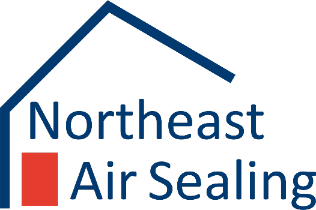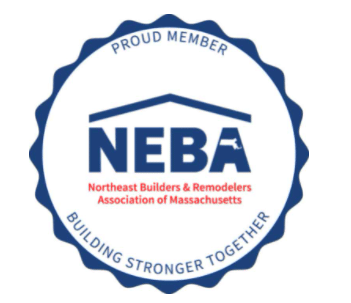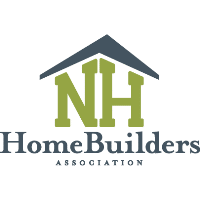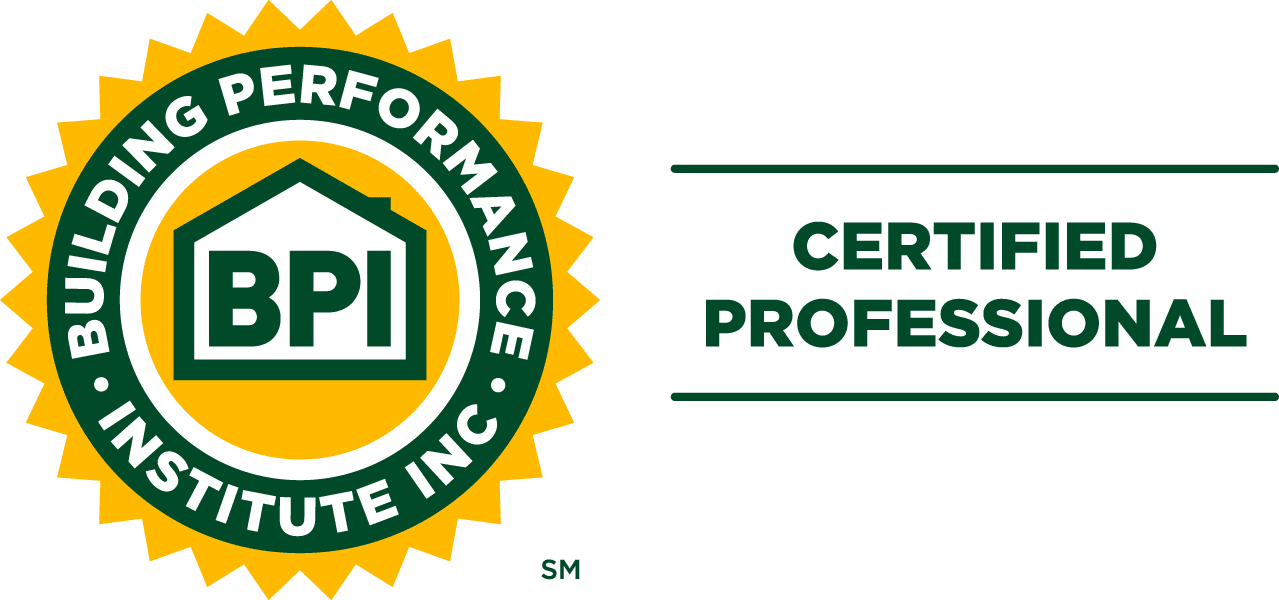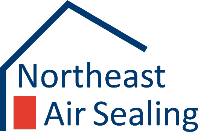As an insulation contractor serving Southern New Hampshire, Northern Massachusetts, and Southern to Midcoast Maine, we at Northeast Air Sealing often emphasize the critical role of blower door testing in achieving energy-efficient, comfortable, and healthy homes. This test is not just a number; it’s a key indicator of your home’s overall performance and can significantly impact your energy bills, indoor air quality, and comfort levels.
Blower door testing is crucial because it quantifies how well your home is sealed against air leakage and where upgrades need to be made. It’s also required for local building codes on new construction projects. Northeast Air Sealing offers blower door testing and superior air sealing with our AeroBarrier services for new and existing homes, along with commercial buildings.
What is a Blower Door Test?
A blower door test is a vital component of a home energy audit that measures the airtightness of a building. A powerful fan is placed in the front or back door to suck the air out of the building and depressurize the interior space. Specialized equipment measures the airflow required to maintain a constant pressure difference between the inside and outside. This helps identify areas where air leaks occur, allowing for targeted improvements in air sealing and insulation.
What’s a Good Score?
Blower door test results are typically expressed in two ways:
- Air Changes per Hour (ACH) – This indicates how many times the air in a house would be completely replaced in one hour if the blower fan ran continuously. A lower ACH score indicates better air sealing. An ACH between 6 and 9 suggests significant air leakage that could benefit from improvements.
*Most air leakage codes are set at 3 air changes per hour at 50 pascals.
- Cubic Feet per Minute (CFM) – This shows how much air flows through the fan throughout the test, and CFM readings will vary depending on the size of the home.
Local Code Requirements for Air Sealing
Blower door testing is required by many local municipalities throughout Southern New Hampshire, Northern Massachusetts, and Southern and Midcoast Maine. Northeast Air Sealing stays up-to-date on local regulations to help ensure your new construction project meets current standards.
- New and existing New Hampshire homes undergoing significant renovations must meet an ACH of 3 or fewer.
- New and existing Massachusetts homes undergoing significant renovations must have a blower door test, the maximum ACH varies by municipality.
- New and existing Maine homes undergoing significant renovations must have a blower door test, the maximum ACH varies by municipality.
AeroBarrier: Superior Performance & Code Compliance
AeroBarrier is an innovative air sealing technology that offers exceptional performance and consistently exceeds local code requirements. While traditional methods often result in variable outcomes, AeroBarrier’s computer-controlled process ensures precise and uniform sealing throughout the building envelope. This cutting-edge system addresses several common pain points in construction and home performance:
- Hard-to-Reach Air Leaks – AeroBarrier can seal gaps as small as a human hair and up to ½ inch wide, reaching areas that are impossible to access with conventional methods.
- Time & Labor Costs – The AeroBarrier process typically takes only a few hours to complete, significantly reducing labor costs and project timelines compared to manual sealing techniques. This helps you stay on time and budget.
- Indoor Air Quality Issues – By creating a tighter building envelope, AeroBarrier helps improve indoor air quality by reducing the infiltration of outdoor pollutants and allergens.
- Energy Inefficiency – Superior air sealing with AeroBarrier can lead to substantial energy savings, allowing for the use of smaller HVAC systems and potentially reducing overall building costs.
- Comfort Problems – AeroBarrier’s comprehensive sealing eliminates drafts and helps maintain consistent temperatures throughout the home, enhancing comfort.
- Moisture-Related Issues – AeroBarrier helps control moisture movement within the building envelope, reducing the risk of mold growth and structural damage.
